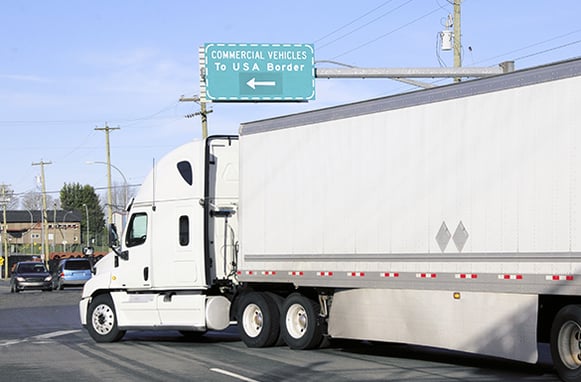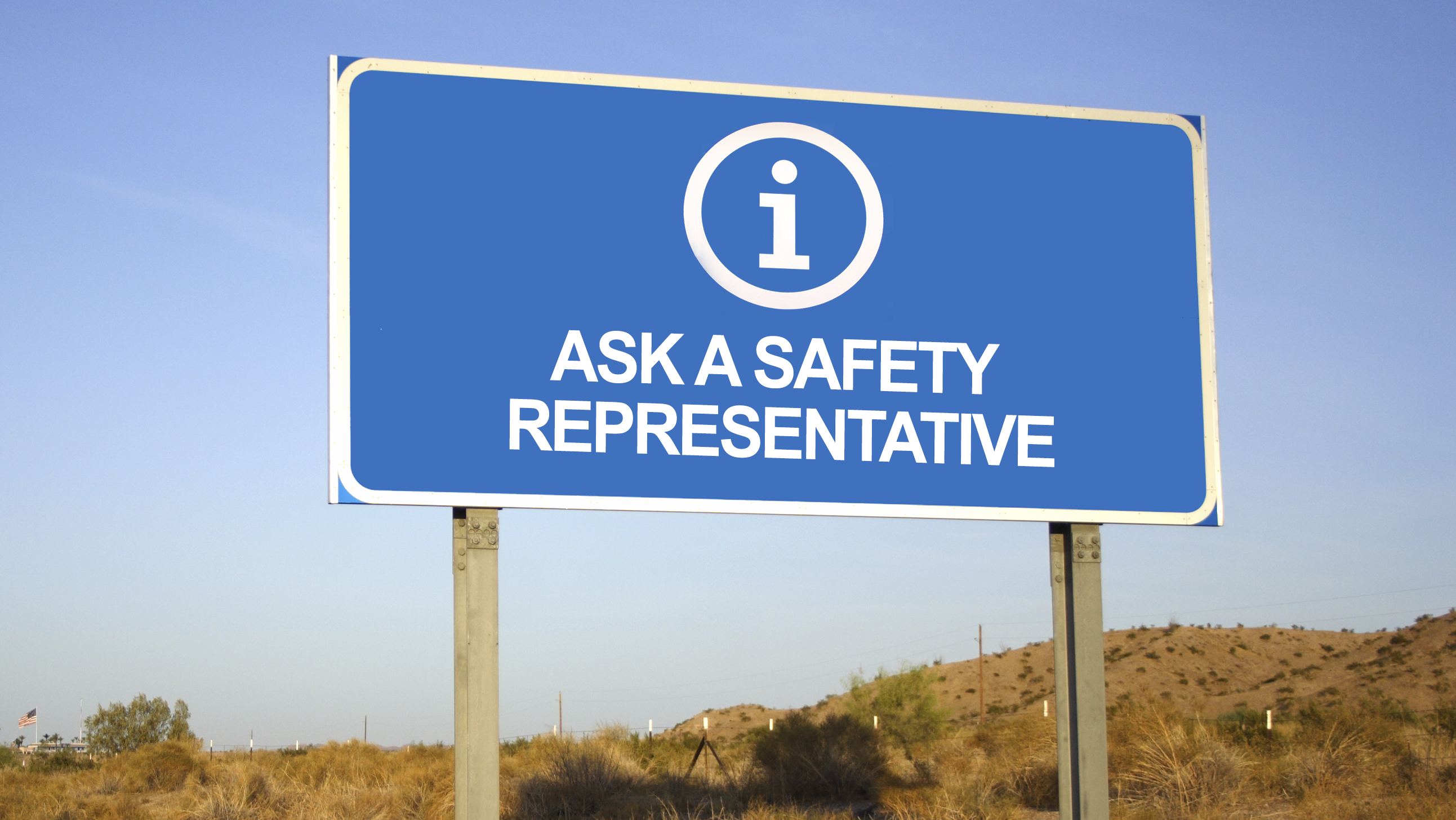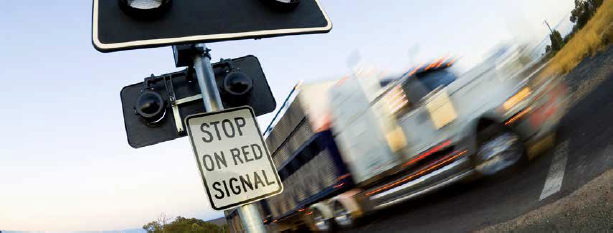Preventing Run Under Crashes

Side-impact crashes involving vehicles running under the trailer are one of the four critical crashes because they typically result in severe losses. These types of crashes can be prevented if drivers recognize the hazards that increase the likelihood of a run under crash and take defensive measures to avoid it. Read the information below and ask yourself if there are actions you can take to improve your driving skills and reduce the risk of a run under crash.
Recognize the Hazards
Environment/equipment
- Missing or damaged conspicuity tape on trailer
- Poor visibility
- Nighttime
- Adverse weather
- Low-lit areas
- Intersections
- Left turns
- Right-turn squeeze
- Crossing a divided highway
- Entry into shipper/receiver area
- Traffic congestion
Personal behaviors
- Making a U-turn
- Failure to signal lane changes
- Backing across traffic lanes
- Blocking intersections
- Failure to yield right of way
- Aggressive driving
- Improper reaction
- Misjudged speed of incoming traffic
- Distractions
- Inattention
- Fatigue
Know the Defense
Intersections/turning
- On average, it takes 15-20 seconds for a fully loaded tractor-trailer to start up and clear an intersection while making a left turn. The most accurate way to gauge the speed of oncoming traffic is to count seconds. From the point you first see an approaching vehicle, begin counting until that vehicle reaches your location. If the vehicle reaches you in less than 20 seconds, you should find a safer place to turn left or make three right turns to circle back and avoid the left turn altogether.
Crossing divided highways
- Never block the path of oncoming traffic
- Ensure lights work properly
- Install reflective tape on the trailer
Backing across travel lanes
- Plan your route in advance to determine the safest entry into a facility
- Never back up across traffic lanes without traffic control assistance and spotters
- Coordinate hand signals with spotters
- Get Out and Look (GOAL) before backing
- Roll down windows and turn off the radio and air conditioner
- Put away cell phone
Never make U-turns
- Never make a U-turn unless instructed to do so by law enforcement
- On the highway, go to the next exit to turn around
The information in this article is provided as a courtesy of Great West Casualty Company and is part of the Value-Driven® Company program. Value-Driven Company was created to help educate and inform insureds so they can make better decisions, build a culture that values safety, and manage risk more effectively. To see what additional resources Great West Casualty Company can provide for its insureds, please contact your Safety Representative, or click below to find an agent.
© Copyright Great West Casualty Company 2017. The material in this publication is the property of Great West Casualty Company unless otherwise noted and may not be reproduced without its written consent by any person other than a current insured of Great West Casualty Company for business purposes. Insured should attribute use as follows: “Used with permission by Great West Casualty Company.”
This material is intended to be a broad overview of the subject matter and is provided for informational purposes only. Great West Casualty Company does not provide legal advice to its insureds, nor does it advise insureds on employment-related issues. Therefore, the subject matter is not intended to serve as legal or employment advice for any issue(s) that may arise in the operations of its insureds. Legal advice should always be sought from the insured’s legal counsel. Great West Casualty Company shall have neither liability nor responsibility to any person or entity with respect to any loss, action, or inaction alleged to be caused directly or indirectly as a result of the information contained herein.




